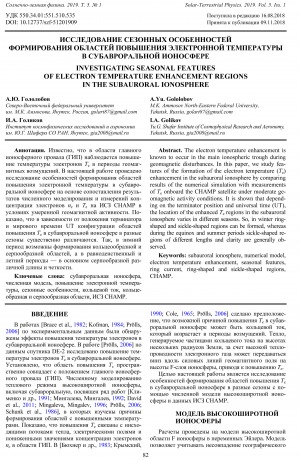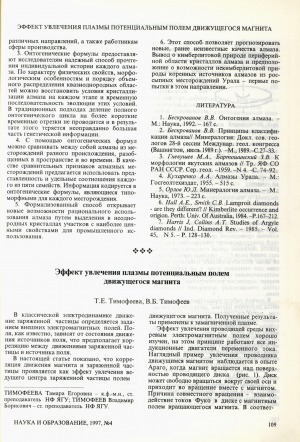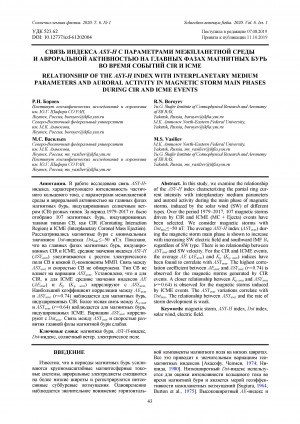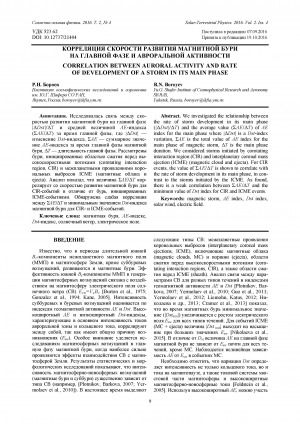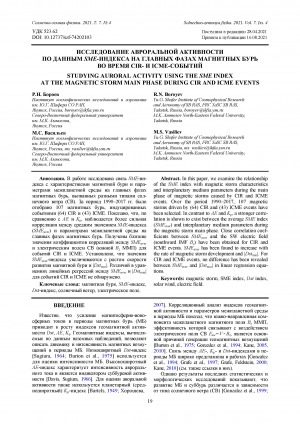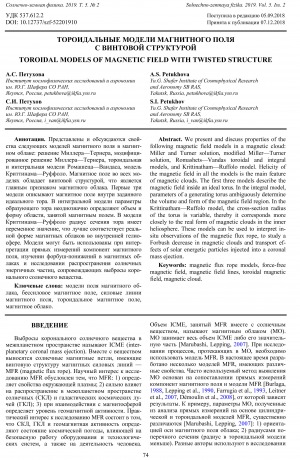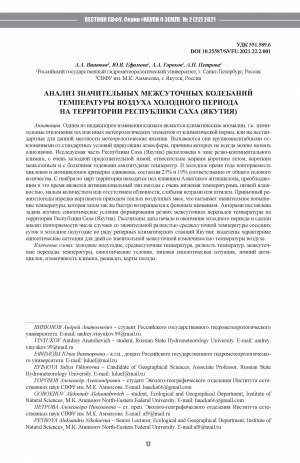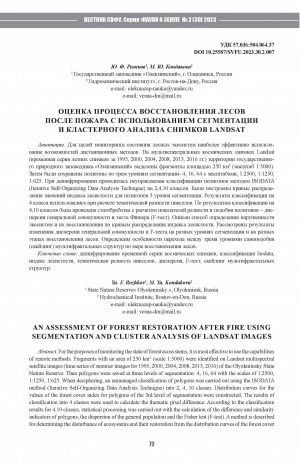
Униполярная индукция и относительное вращение = Unipolar induction and relative rotation
Статья в журнале
Русский
537.8
10.25587/2222-5404-2024-21-4-65-72
униполярная индукция; относительное вращение; совместное вращение; кольцевой магнит; цилиндрический конденсатор; разность потенциалов; электрическое поле; электрометр; формула Лоренца; электродинамика вращающихся систем отсчета; unipolar induction; relative rotation; corotation; ring-shaped magnet; cylindrical capacitor; potential difference; electric field; electrometer; Lorentz formula; electrodynamics of rotating reference frame
The recent failure of attempts to extract the rotational energy of the Earth by unipolar induction methods suggests a need for further research on unipolar induction. It is implied by the special relativity theory that the interaction of electric charge and magnet in unaccelerated motion depends only on the relative rate. The electromotive force of unipolar induction in a complete electrical circuit depends only on the relative rotation of the magnet and the connected through slide contacts voltmeter. To ascertain if the electric field resulting from the magnet’s rotation in an inertial frame of reference or in a frame of reference rotating in a magnetic field is the result of absolute or relative rotation, it is necessary to measure the field. For this purpose, the paper introduces the experiment with the relative rotation of a ring-shaped magnet and a cylindrical capacitor. The capacitor is permanently connected through sliding contacts to the electrostatic meter. The electrostatic meter detects the potential difference on the capacitor while the magnet or capacitor is being rotated. The measurements showed that the potential difference on the capacitor is depends not on the capacitor rotating in case of a stationary magnet or a magnet rotating while the capacitor is stationary. It is close to zero when the capacitor rotates with the magnet. According to the research results, the interaction of the electric charge and magnet in the nonrelativistic case depends on the relative rotation rate. This interaction is described by the Lorentz formula.
Тимофеев, В. Б.
Униполярная индукция и относительное вращение / В. Б. Тимофеев, Т. Е. Тимофеева ; Северо-Восточный федеральный университет им. М. К. Аммосова // Вестник Северо-Восточного федерального университета им. М. К. Аммосова. - 2024. - Т. 21, N 4 (98). - С. 65-72. - DOI: 10.25587/2222-5404-2024-21-4-65-72
DOI: 10.25587/2222-5404-2024-21-4-65-72
Войдите в систему, чтобы открыть документ
